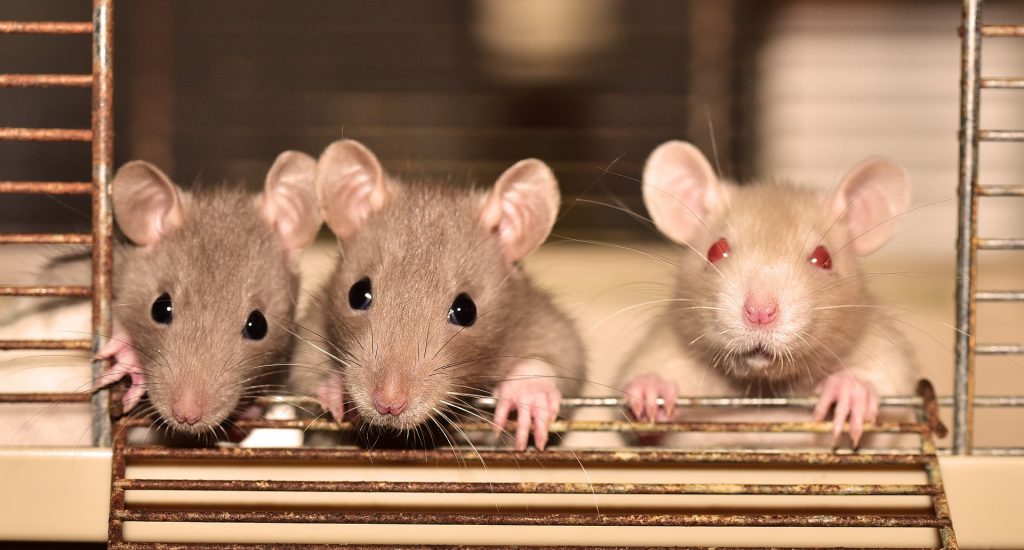Female rats ‘uneasy’ with male experimenters, affecting lab results: study

A study from the University of Lethbridge shows the gender of scientists performing pre-clinical experiments on rats affects study results.
Researchers at the Canadian Centre for Behavioural Neuroscience (CCBN) used different scenarios to understand the effects male and female experimenters had on the responses of male and female rats. Then the results were compared.
In some scenarios, the experimenter – male or female – was present. In other scenarios, an unwashed T-shirt previously worn by the experimenter would be placed in the room.
Advertisement
Experimenters ensured the animals were used to them by handling the animals for five minutes a day for 10 days before the start of experimental manipulations or switching genders.
The research was led by Dr. Gerlinde Metz, Dr. Mirela Ambeskovic, Dr. Jamshid Faraji and others.
“We watched a lot of different variables and compared how the animals responded to a male and a female experimenter working with them,” said Metz. “We saw that the presence of a human makes a huge difference and we saw again that the rats responded to the T-shirt. It’s not only visual interaction the rats responded to, but also some olfactory cues that influenced their behaviour.”
The rats’ stress levels were measured in the study, where levels of hormones involved in the stress response – corticosterone and oxytocin – were identified by taking blood samples, and skin temperatures were read by using Infrared thermography.
The results show female rats under the experiments of male scientists or T-shirts worn by the men, registered higher levels of corticosterone and lower levels of oxytocin – the bonding hormone.
Advertisement
Under this test, the female rats showed “anxiety-like behaviour where they recorded high body temperatures and stayed by the walls of their enclosure.”
“An interesting finding is that female rats display these heightened stress responses even after frequent exposure to male experimenters,” said Faraji. “We call it the male observer effect.”
“It’s really a very important finding because it will affect how we design experiments,” added Metz. “I don’t mean we should only have female experimenters work with rats or any laboratory animals, but we need to report it and have better standards of how we pursue research with laboratory animals. We also need to be aware that our presence and our handling affects them.”
These findings explain why results differ from one lab to another, sometimes leading to reduced credibility in lab experiments.
READ MORE:
-
‘Before you burn…learn’: burning debris could be illegal in Alberta
-
Female bighorn sheep with smaller horns slower to reproduce, UAlberta study
-
Video games a solution for ADHD learning difficulties: UofC researchers
“All scientists are concerned about controlling unwanted factors when they are manipulating experimental variables,” Faraji said. “These results address this concern and reveal one of these factors in the field.
Metz explains to ensure results are reliable and credible for future pre-clinical tests, labs can perform a number of experiments and generate findings as average results.
Advertisement
Meanwhile, Faraji suggests the use of robotics as experimenters in the future, so the gender variable doesn’t interfere in findings.
Rodents are used in pre-clinical research before testing results in humans to make sure drugs, treatments, or procedures are safe for humans.
“Because experimenter sex in animal studies is not commonly reported, improved standards should require researchers to report the sex of experimenters,” Metz added. “We cannot avoid the presence of a human experimenter or handling the animals in many situations, but we need to be aware of these variables and maybe include appropriate control situations in an experiment to be sure about the results.”
The research findings were published in Frontiers in Neuroscience.